REST API Guidelines
Details
- Created by: Divij Sharma
- Reviewed by: Gaurav Mishra, Shaheem Azmal M MD
Motive
Since this project primarily focuses on REST API development and improvement, it is crucial to establish a comprehensive guideline from the beginning. This guideline will serve as a set of rules to follow and provide a clear objective to achieve. After researching various reputable open-source projects and reviewing several design guides, I have prepared a detailed guideline document. Please refer to the table below for more information.
Guidelines
| # | Guideline | Description | Example |
|---|---|---|---|
| 1 | Uniform Interface | The uniform interface principle in RESTful API design advocates for a consistent and standardised approach to interactions between clients and servers. Advantages-
| This is widely used in FOSSology, for instance, a user can
send a POST request to |
| 2 | Platform Independent | Any client should be able to call the API, regardless of how the API is implemented internally. This requires consistent data sharing rules and formats. Advantages-
| Consider a RESTful API for a weather service. Clients, such as web applications, mobile apps, and IoT devices, can retrieve weather data using standardised API endpoints, regardless of the programming languages or frameworks used to develop these clients. |
| 3 | Backward Compatible | The web API should be able to evolve and add functionality independently from client applications. As the API evolves, existing client applications should continue to function without modification. Advantages-
| Suppose a social media platform introduces a new endpoint for retrieving user profile information in a more efficient manner. To ensure backward compatibility, the platform retains support for the existing endpoint structure, allowing older client applications to continue accessing user profiles without any disruptions. FOSSology implements this by supporting V1 REST API endpoints in deprecated mode. |
| 4 | Stateless Behaviour | REST APIs use a stateless request model. The only place where information is stored is in the resources themselves, and each request should be an atomic operation. For this to hold, each request must contain all the information necessary to understand and process the request. Advantages-
| Consider a shopping website with a RESTful API for managing user sessions and shopping carts. Each client request, such as adding items to the cart or proceeding to checkout, includes all the necessary information (e.g., item IDs, quantities) for the server to process the request. The server does not store any client-specific data between requests, ensuring that the API remains stateless and scalable, regardless of the number of concurrent users. |
| 5 | Resource-Oriented Design | REST APIs are structured around resources, which represent any object, data, or service accessible by clients. Also, resources of the same type should be clubbed under the same endpoint. Each resource is uniquely identified by a URI (Uniform Resource Identifier), providing a consistent and predictable means of access where CRUD operations can be defined. Advantages-
The value for these path parameters MUST NOT contain any unescaped "generic syntax" characters described by RFC3986. | Suppose we have a RESTful API for managing user accounts in
an e-commerce platform. Each user account is treated as a
resource, with a unique URI ( |
| 6 | Entity-Centric URIs | Base resource URIs on nouns representing business entities (plural nouns for collections) rather than verbs indicating operations. Ensure each business entity has a distinct and simple URI, reflecting its unique identity and purpose within the system. Advantages-
| Suppose we have a RESTful API for managing products on an
e-commerce platform. Each product is considered a business
entity, and the URIs for accessing these products follow a
noun-based pattern, such as |
| 7 | Hierarchical Organisation | Organise resources in a hierarchical manner to establish a structured and intuitive API architecture. Use parent-child relationships to represent nested resources, ensuring logical grouping and defined scope within the API. With each /, the scope of the resource should become more specific. Advantages-
| In a content management system (CMS) API, blog posts may be
organised under a parent resource representing a user's
blog. The hierarchical URI structure could be
|
| 8 | Decouple Web API from Data Sources | Think of the web API as an abstraction of the database. If necessary, introduce a mapping layer (DAO) between the database and the web API. That way, client applications are isolated from changes to the underlying database scheme. Advantages-
| In a web API for a retail platform, the API endpoints should interact with an abstraction layer or service interface that encapsulates data access logic. This abstraction shields the API from direct dependencies on database implementations, enabling the use of various storage solutions (e.g., SQL databases, NoSQL databases, cloud storage) without affecting the API's external behaviour. |
| 9 | Media types | Standardise the use of media types, also known as MIME types, to specify data formats exchanged between clients and servers in the HTTP protocol. For textual data, the widely supported JSON format (media type = application/json) is commonly used in web APIs. Advantages-
The media type definitions SHOULD be in compliance with RFC6838. | FOSSology widely use "application/json” media type in
response
|
| 10 | Conform to HTTP semantics | Ensure that the web API adheres to the semantic meaning of HTTP methods defined by the HTTP protocol. Utilise the common HTTP methods—GET, POST, PUT, PATCH, and DELETE—to perform operations that correspond to the creation, retrieval, modification, and deletion of resources, aligning with the intended semantics of each method. Advantages-
|
|
| 11 | Status Codes | Adhere to standardised HTTP status codes to convey the outcome of API requests accurately. HTTP status codes provide a clear indication of the success, failure, or specific conditions of each request, enabling clients to interpret and handle responses appropriately. Some common status codes are as follows:
|
|
| 12 | Empty sets in message bodies | Any time the body of a successful response is empty, the status code should be 204 (No Content). For empty sets, such as a response to a filtered request with no items, the status code should still be 204 (No Content), not 200 (OK). |
|
| 13 | Consistent Casing Conventions | Adopt consistent casing conventions, such as camelCase or snake_case, for naming identifiers within the API, including resource names, query parameters, and JSON keys for both request and response objects. Advantages-
All field names in the specification are case-sensitive |
|
| 14 | Pagination | Exposing a collection of resources through a single URI can lead to applications fetching large amounts of data when only a subset of the information is required. Instead, the API can allow passing a filter in the query string of the URI, such as page and size, from which only the specific subset required is sent as a response. Advantages-
| a GET request to |
| 15 | Filtering | Incorporate filtering functionality into the API to allow clients to retrieve specific subsets of resources based on defined criteria. Filtering enables clients to tailor their requests to match their requirements, facilitating efficient data retrieval and enhancing the flexibility of the API. Advantages-
| In an e-commerce API, clients may need to retrieve products
based on various attributes such as category, price range,
or availability status. By implementing filtering
functionality, clients can send requests like GET
|
| 16 | Input fields | Place input fields in one of the following based on the description:
|
|
| 17 | Versioning | Versioning enables a web API to indicate the features and resources that it exposes, and a client application can submit requests that are directed to a specific version of a feature or resource. Service names and API-class names should be chosen carefully so that they do not change when products are versioned or rebranded. Advantages-
| Versioning can have many examples like:
|
| 18 | Use of Models | Utilise models to encapsulate and represent data structures exchanged between clients and the API. Models serve as structured representations of resources and response data. Advantages-
|
|
| 19 | Concrete Architecture | Adopt a concrete architecture and directory separation strategy for organising the API codebase. Implementing a clear architectural pattern, such as MVC (Model-View-Controller) or similar, along with structured directory separation, enhances code maintainability, scalability, and overall project structure. Advantages-
|
|
| 20 | JSON Representation | With regard to JSON representation property names, and URL query parameters, services should:
|
|
| 21 | Date and Time fields | All fields with a date/time should follow ISO 8601 and be in UTC timezone. | The W3C note provides clarification and examples. |
| 22 | Cross-Origin Resource Sharing (CORS) Policy | The API service must adhere to CORS specifications, supporting both simple and preflight request flows. The Access-Control-Allow-Origin header should be returned in responses to enable cross-origin resource sharing. Advantages-
|
|
| 23 | Error Handling | Standardise the format and handling of error objects returned by the API to provide consistent and informative error responses to clients. Error objects should include relevant information such as error codes, messages, and additional details to assist developers in troubleshooting and debugging issues. Advantages-
|
|
| 24 | Data Validation | Implement robust data validation mechanisms to ensure the integrity, consistency, and security of incoming data, either by using models or regular expressions. Advantages-
|
|
| 25 | Security | Prioritise security measures throughout the design, development, deployment, and maintenance phases of the REST API to mitigate potential threats and vulnerabilities. Security considerations include implementing authentication, authorization, encryption, input validation, rate limiting, and protection against common attacks such as injection, XSS, CSRF, and unauthorised access. Advantages-
|
|
| 26 | Testing | Adopt a comprehensive testing strategy to ensure the reliability, functionality, and performance of the REST API. Implement unit tests, integration tests, and end-to-end tests to validate individual components, interactions between components, and the behaviour of the API as a whole. Testing should cover various scenarios, including positive and negative cases, edge cases, error handling, and concurrency. Advantages-
|
|
| 27 | Documentation | Use clear and consistent language, along with structured formats such as OpenAPI Specification (formerly known as Swagger), to organise and present the documentation effectively. Keep the documentation up-to-date with the latest changes and enhancements. Also, API documentation should happen before working on the code, as it provides a solid aim to achieve. |
|


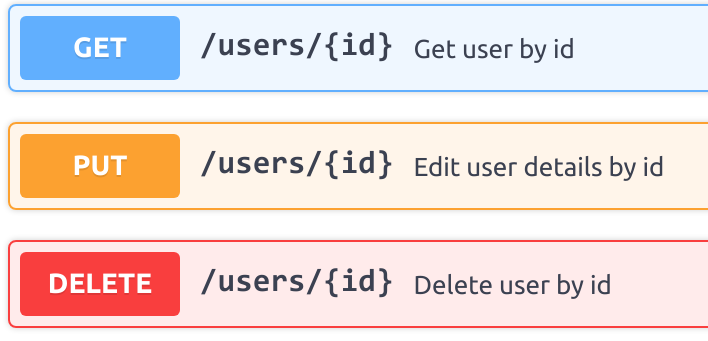
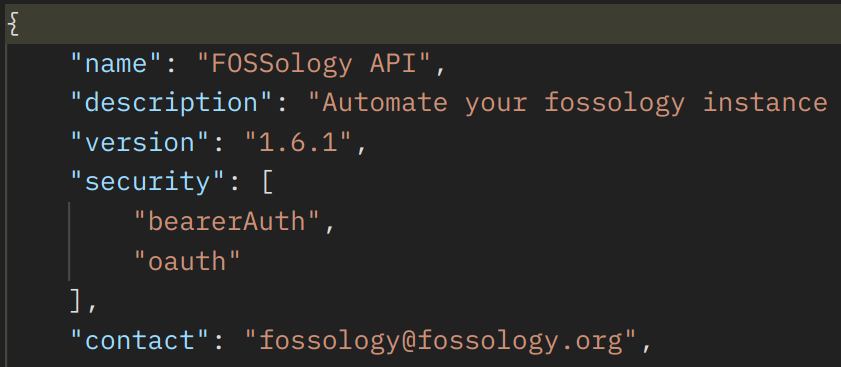
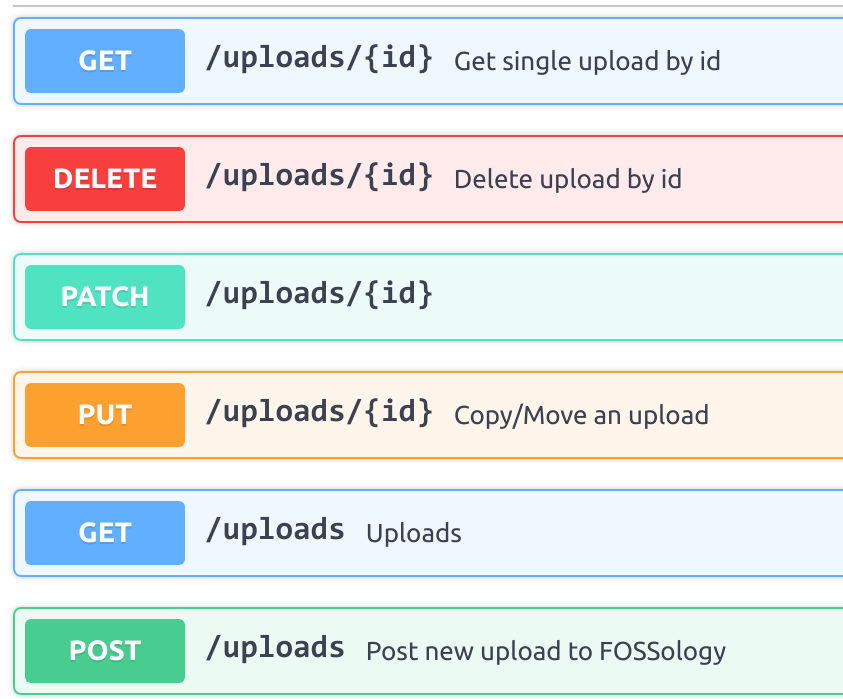 Standard HTTP methods deployed by FOSSology
Standard HTTP methods deployed by FOSSology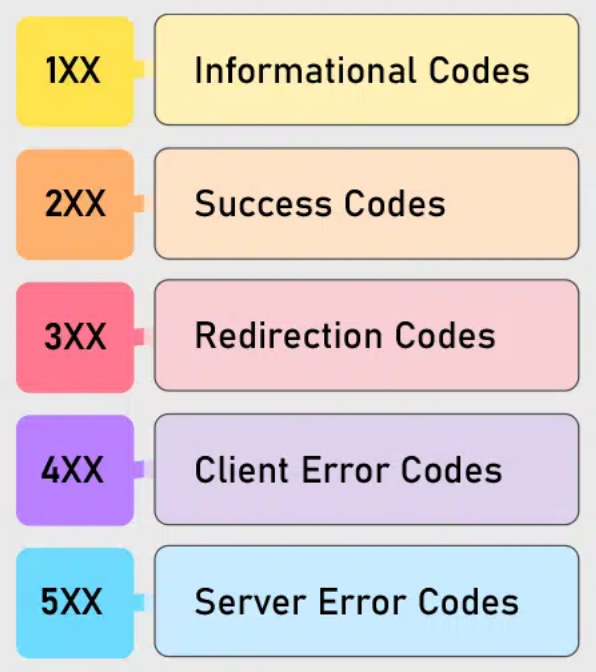 When a client submits a GET request to retrieve a resource
from a RESTful API, the server responds with a 200 OK status
code if the request is successful, along with the requested
resource in the response body. In the event that a resource is not
found, the server returns a 404 Not Found status code,
indicating to the client that the requested resource does
not exist. By consistently using appropriate status codes in
responses, the API ensures clear and meaningful
communication with clients, enhancing usability and
reliability.
When a client submits a GET request to retrieve a resource
from a RESTful API, the server responds with a 200 OK status
code if the request is successful, along with the requested
resource in the response body. In the event that a resource is not
found, the server returns a 404 Not Found status code,
indicating to the client that the requested resource does
not exist. By consistently using appropriate status codes in
responses, the API ensures clear and meaningful
communication with clients, enhancing usability and
reliability.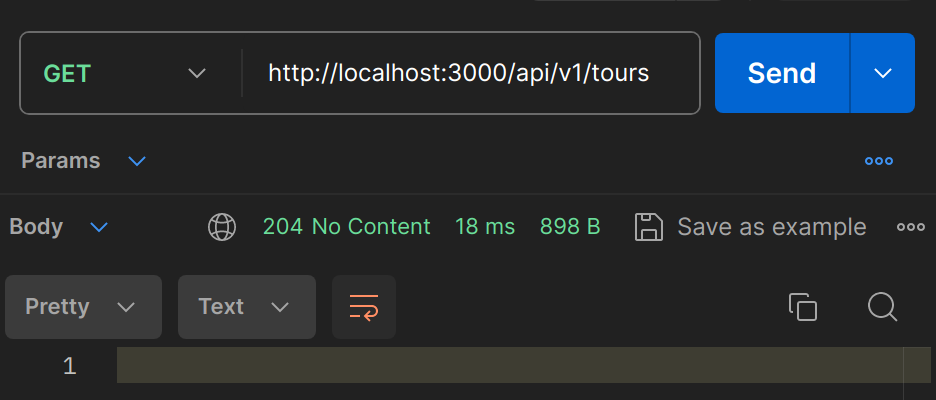 Deleting a user returns 204 (No Content)
Deleting a user returns 204 (No Content)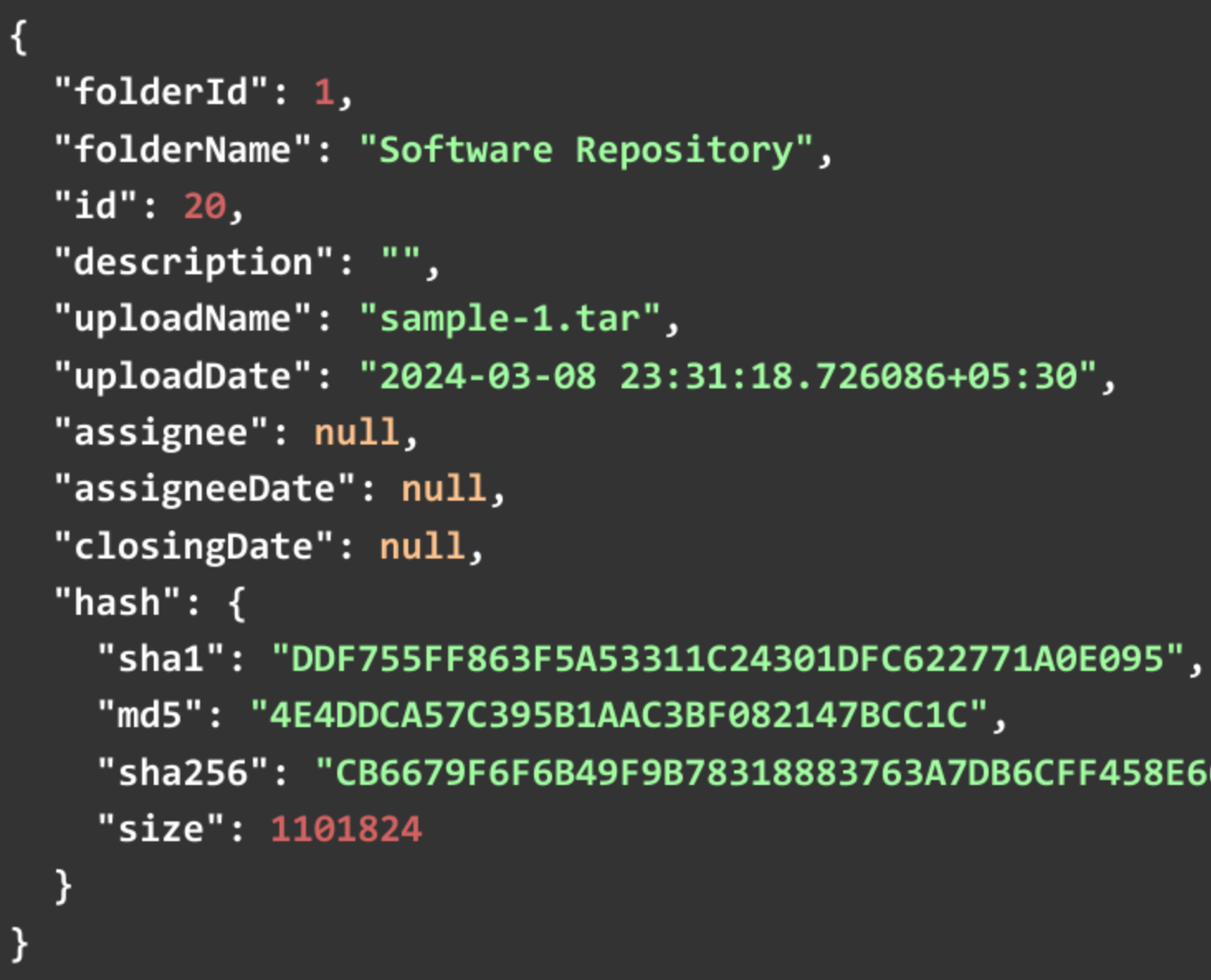 FOSSology response object using camelCase keys
FOSSology response object using camelCase keys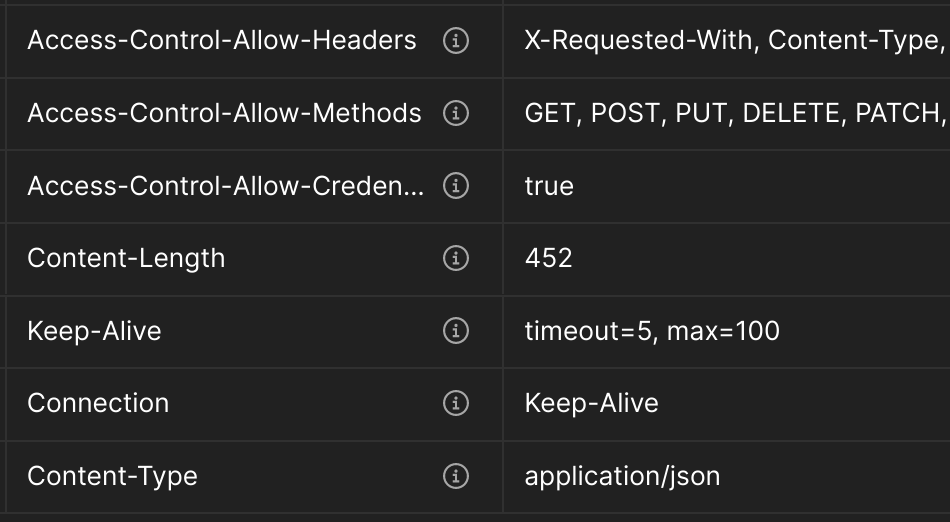
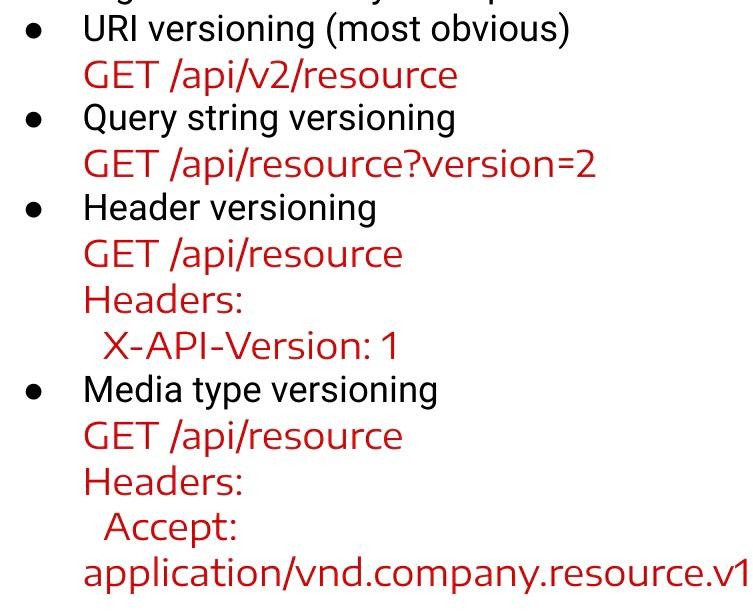
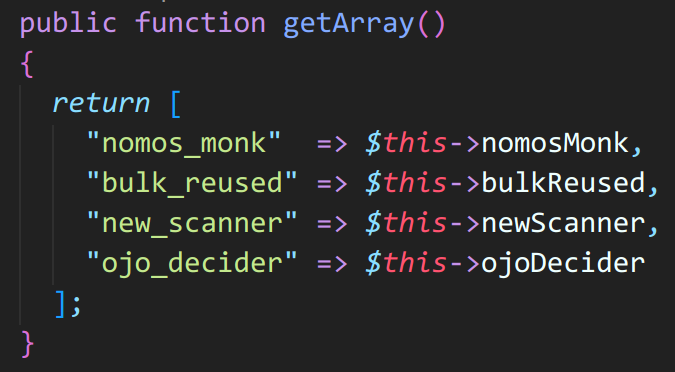 Semantic enforcement in one of the models at FOSSology.
Semantic enforcement in one of the models at FOSSology. .
Folder structure of FOSSology REST API.
.
Folder structure of FOSSology REST API.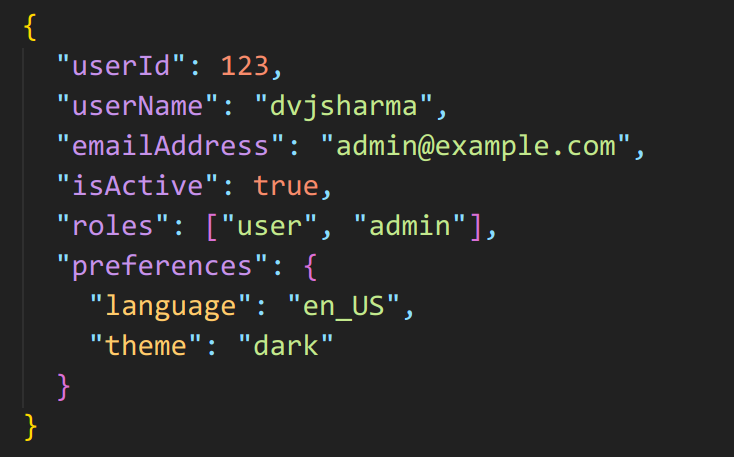 In this example:
In this example: CORS
headers returned by FOSSology in a response.
CORS
headers returned by FOSSology in a response.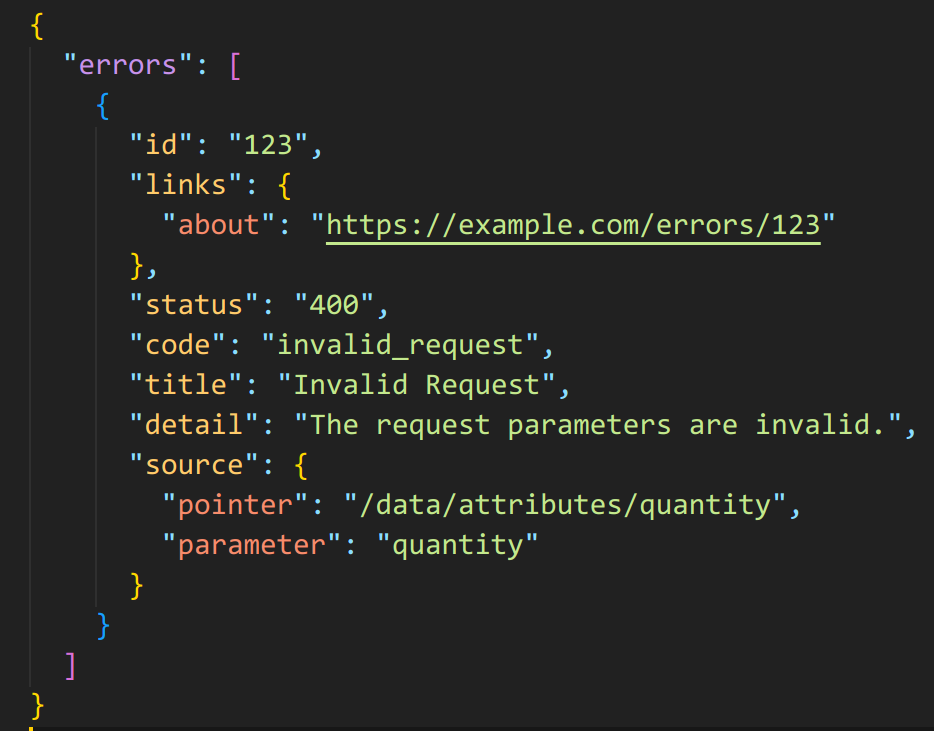 Example of a good error response. Usually, errors are handled
using error middleware.
Example of a good error response. Usually, errors are handled
using error middleware.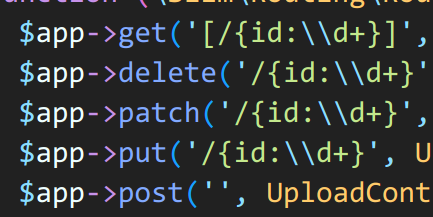 Data validation using regular expressions as FOSSology
Data validation using regular expressions as FOSSology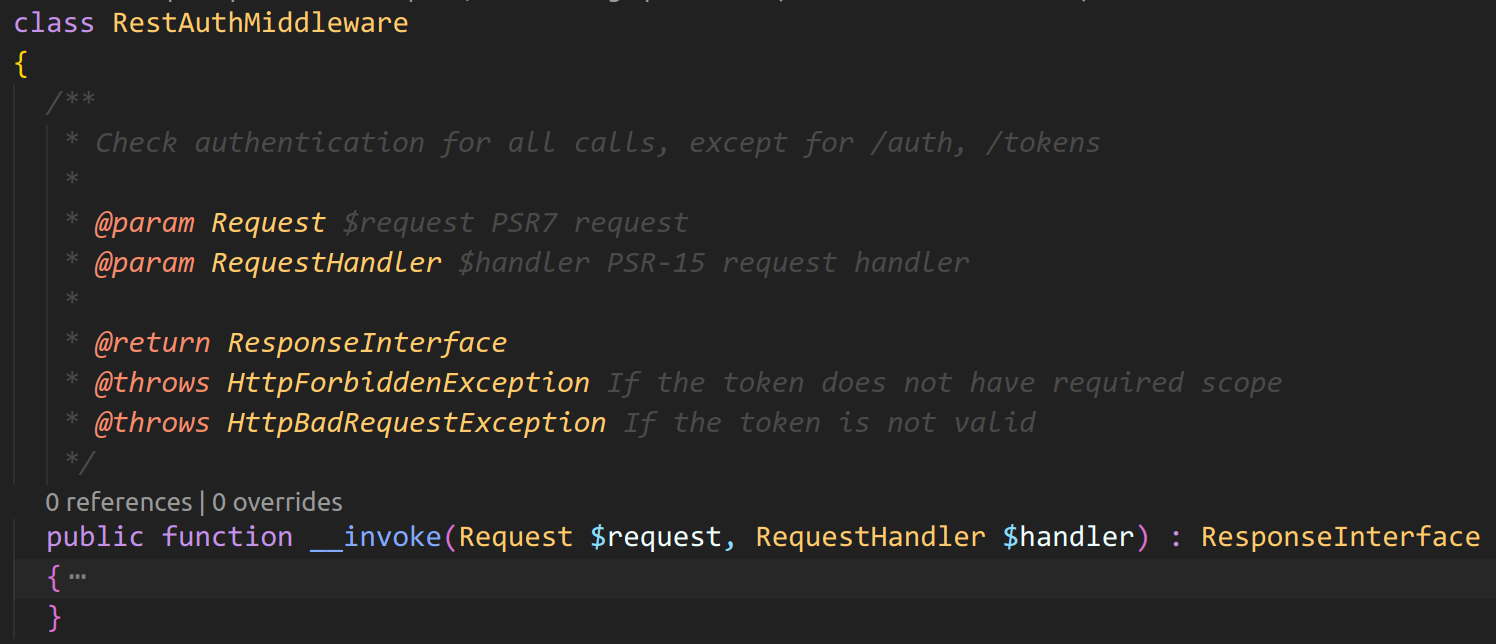 Authentication middleware at FOSSology
Authentication middleware at FOSSology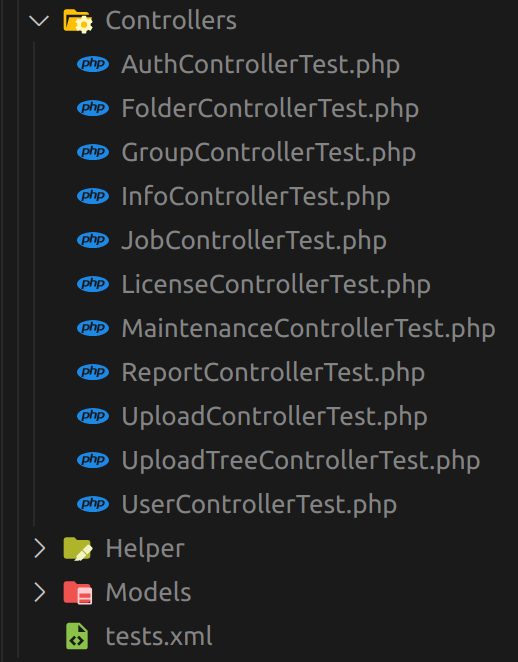 Test suite for FOSSology REST API
Test suite for FOSSology REST API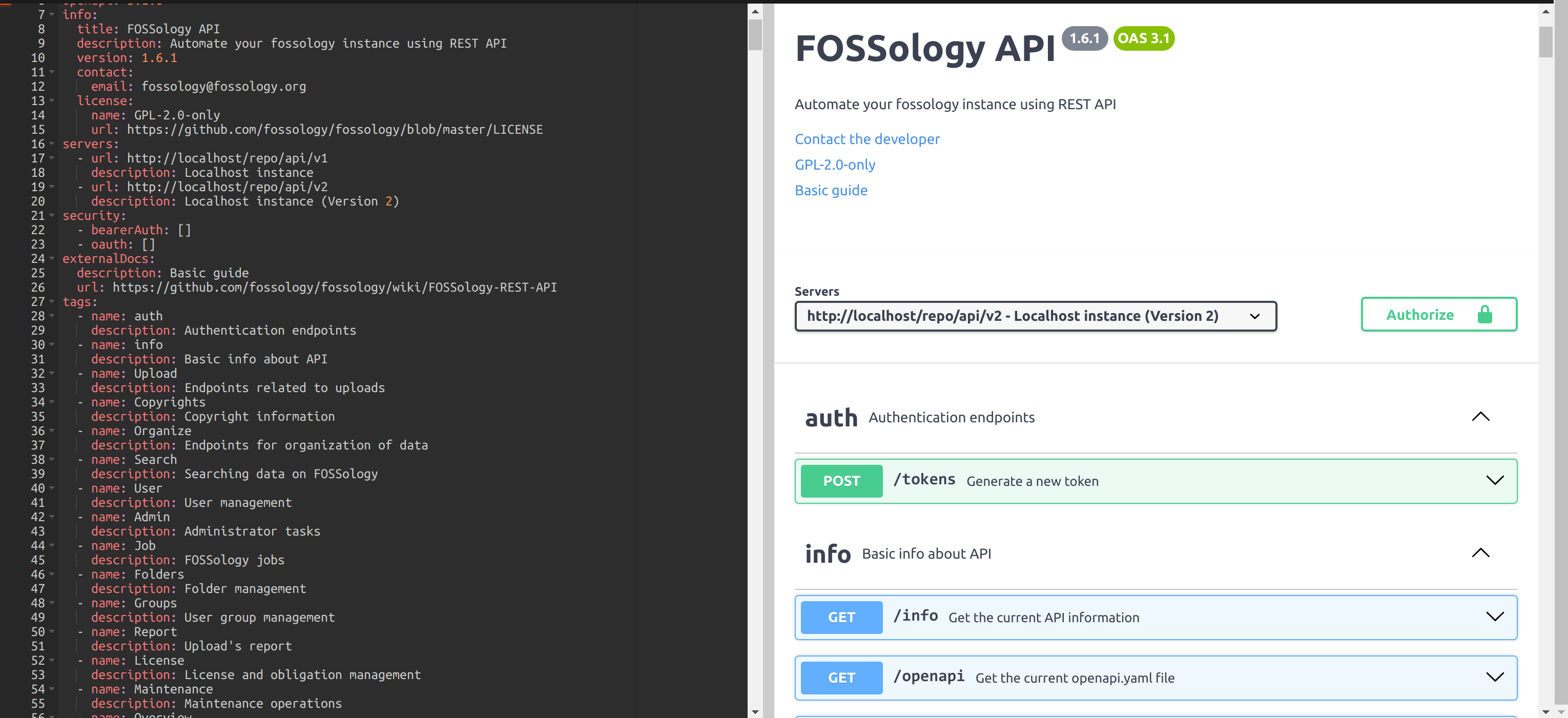 FOSSology REST API documentation being viewed on Swagger
editor using openapi.yml file
FOSSology REST API documentation being viewed on Swagger
editor using openapi.yml file